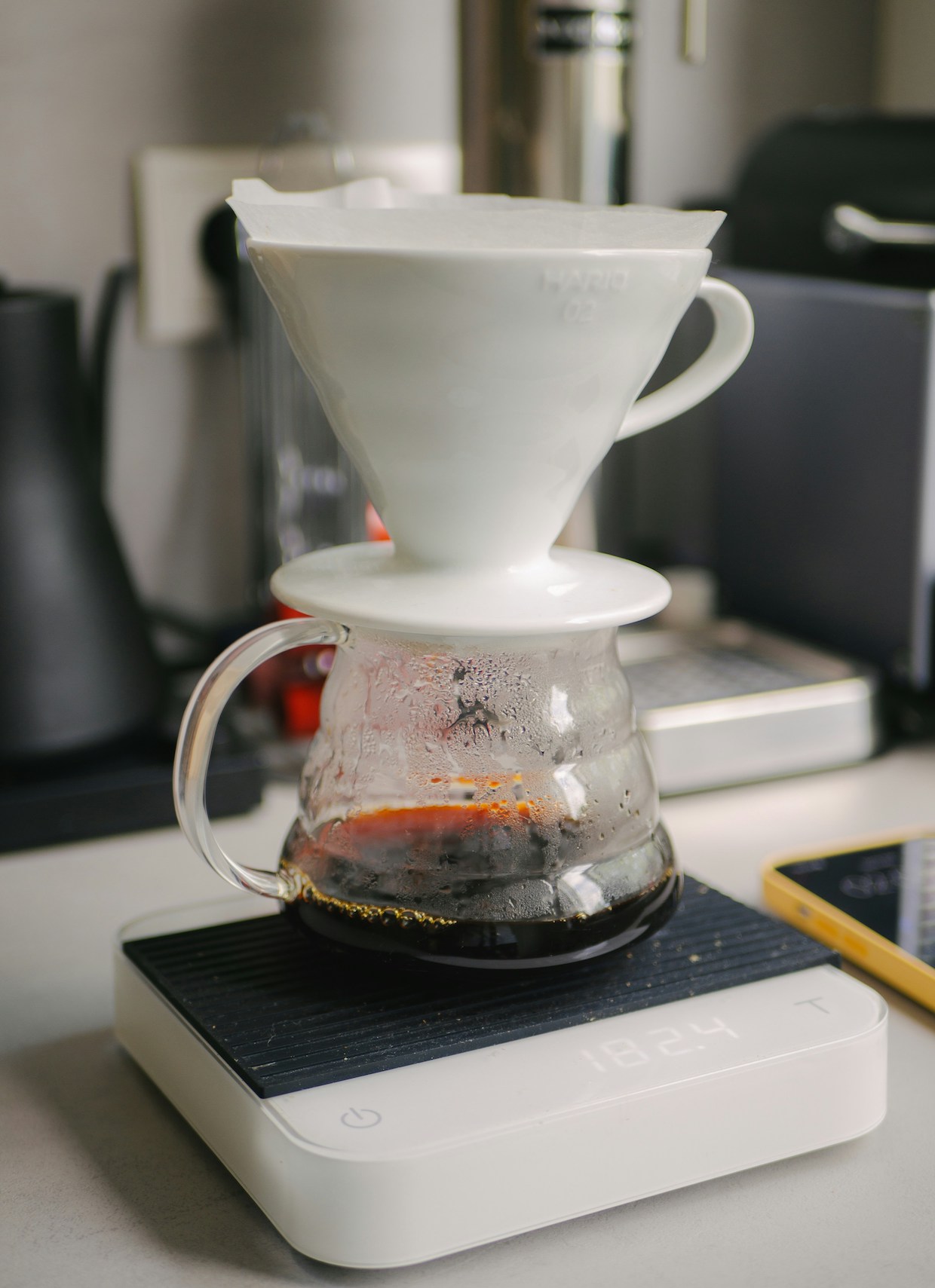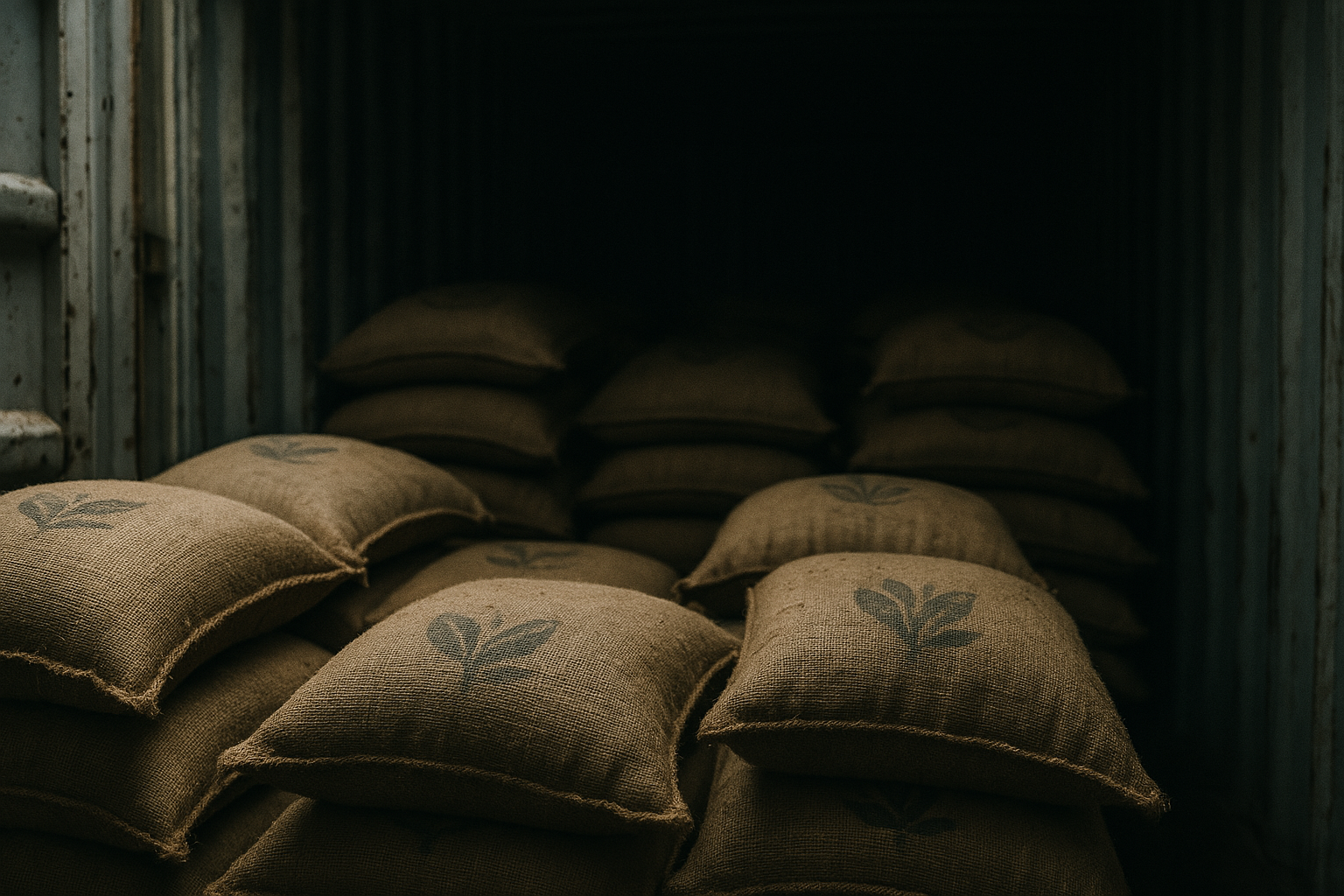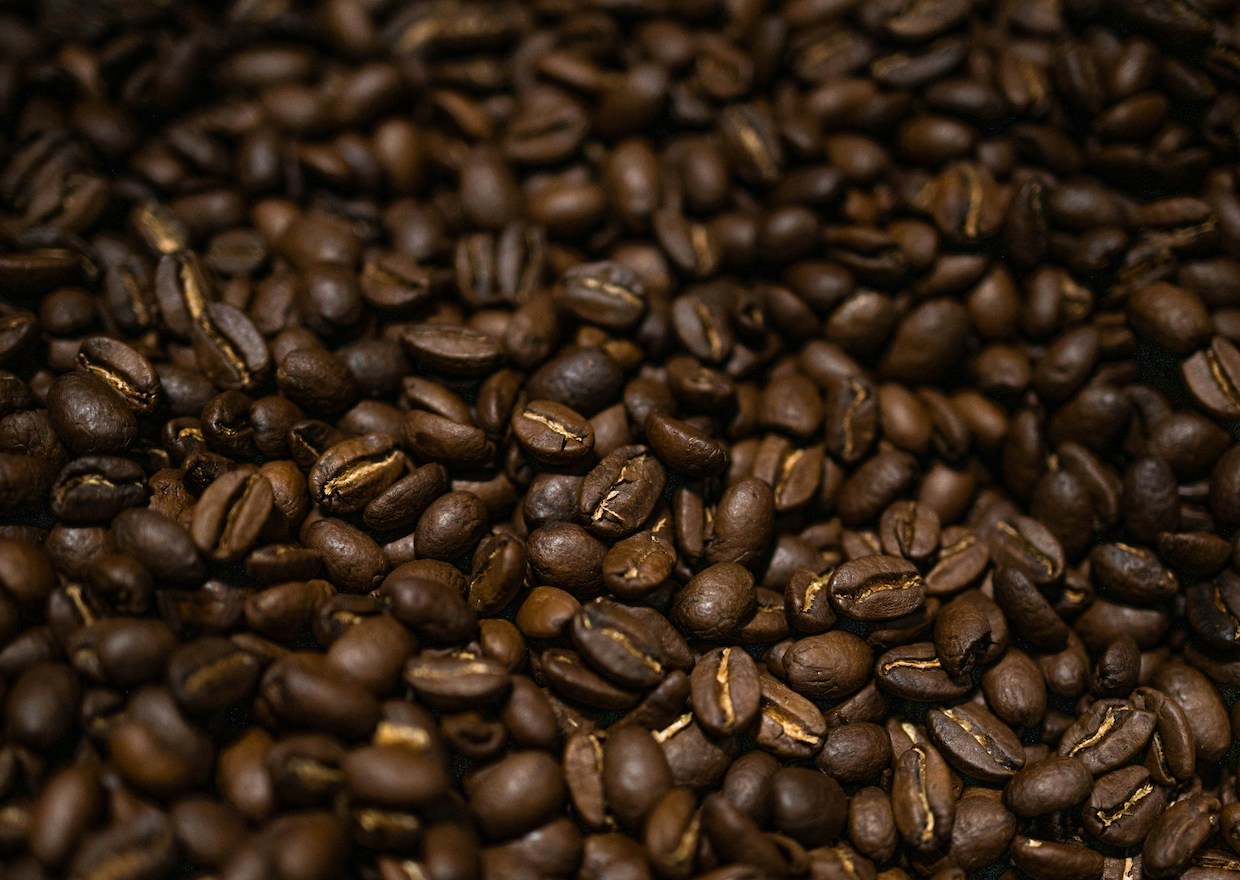[Update, April 9, 2025: This story was originally published prior to U.S. President Donald Trump’s April 9 announcement that the U.S. would postpone most new tariffs for 90 days.]
The coffee in the cups of hundreds of millions of Americans this morning is a minor miracle, made possible through the work of a long chain of related actors.
That chain starts with coffee farmers. According to widely cited 2018 data from Enveritas, approximately 95% of these farmers are smallholder farmers — operating five hectares of land or less — who are responsible for producing approximately 60% of the world’s coffee.
Less than one-half of 1% of those farmers are in the United States or its territories, namely Hawaii and Puerto Rico, which combined account for less than 1% of the world’s coffee, according to USDA statistics.
Thus, as the world’s largest coffee consumer, the United States has relied upon coffee-producing countries in what’s known as the “coffee belt” to supply its green coffees.
This reliance is twofold: 1) coffee requires specific climate, elevation and soil conditions, as found in many tropical countries, in order to grow; and 2) the costs of production in poorer and/or developing countries give U.S. green coffee traders and roasters a cost advantage.
In short, since the dawn of commercialization, the entire U.S. coffee industry has ridden the backs of coffee farmers to keep prices down, maintain a consistent supply, diversify product offerings and give U.S. consumers ample choices for cheap, delicious coffees — all while turning a profit.
The side effects from this fundamental trade dynamic are many — some good, some bad — but prominent among them is poverty among millions of smallholder coffee farmers. A 2018 estimate from Enveritas said 44% of the world’s smallholder coffee farmers were living in poverty, with 22% living in extreme poverty, based on World Bank benchmarks at the time.
Without wading too deeply into U.S. national politics, the U.S. federal government waged a trade war with much of the world last week, with new tariffs aimed at 15 of the world’s 20 largest coffee-producing countries. The new tariffs range from 10% to 46%, affecting the world’s four largest coffee-producing countries — Brazil, Vietnam, Colombia and Indonesia — as well as key U.S. trading partners in Latin America, Africa and other parts of Asia.
President Donald Trump said these tariffs were in response to trade relations that have been “ripping us off” for decades, and were designed to affect nations “who treat us badly.”
“For decades, our country has been looted, pillaged, raped and plundered by nations near and far, both friend and foe alike,” Trump said on the White House lawn last week.
Say what you will about aluminum manufacturing or Gulf shrimping, but in coffee, the idea that the U.S. coffee industry has been the victim of trade exploitation is pure absurdity.
Of course, these “reciprocal tariffs” are not coffee-specific, and they are meant to bring about broader shifts in global trade and U.S. manufacturing. (Someone at “Daily Mango News” is probably writing some version of this column right now.)
Yet unfortunately for everyone involved in the U.S. coffee chain — from coffee shops, roasters and U.S. traders to exporters, producer groups and farmers in tariff-affected countries — coffee is looking like a prominent casualty in a war that few people wanted.
Much of the conversation in the U.S. coffee industry since last week’s tariffs has been singularly focused on prices, which is already on people’s minds due to recent C market fluctuations.
Yet there may be something even more significant at play here — something reputational. In coffee, the United States does not wear the “victim” suit particularly well.
Comments? Questions? News to share? Contact DCN’s editors here. For all the latest coffee industry news, subscribe to the DCN newsletter.
Nick Brown
Nick Brown is the editor of Daily Coffee News by Roast Magazine.









Comment